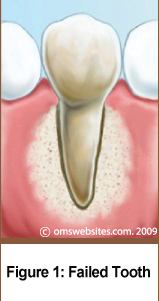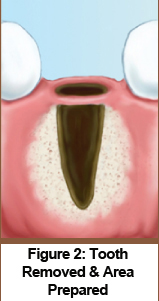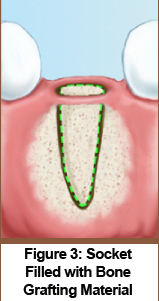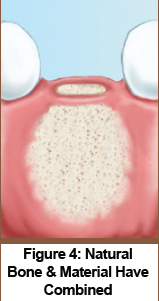What is Bone Grafting?
Bone grafting is a procedure to rebuild bone in the bone deficient areas of your jaw. This allows for the placement of dental implants and for repair of the supporting bone around your teeth damaged by periodontal disease.
What does Bone Grafting Involve?
What are the Benefits of Bone Grafting?
By regenerating bone tissue, patients who previously did not qualify for the placement of dental implants due to insufficient bone, can now become candidates for this tooth replacement procedure.
For patients affected by periodontal disease, bone grafting will repair the supporting bone around your teeth significantly improving your oral health. Bone grafting will also increase the stability and strength and increase the longevity of your natural teeth as they will now be supported by adequate bone in your jaw.
Overall, the functionality of your teeth and your esthetic appearance will dramatically improve.
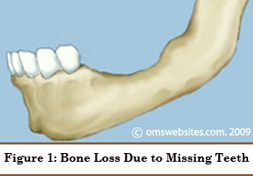
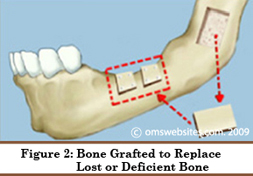
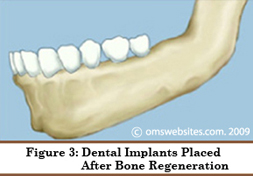
Why do I need a Sinus Lift?
When you are getting implants, the key to their success is the quality and quantity of the bone where the implant will be placed. The most difficult area to place dental implants is in the upper back jaw because there is insufficient bone and is in very close proximity to your sinus. If you have lost bone in the upper back jaw due to tooth loss or periodontal disease, there may not be enough bone to place a dental implant (see Figure 1).
A sinus lift (or sinus augmentation) can correct this issue by lifting the sinus floor and promoting the development of new bone for dental implant placement.
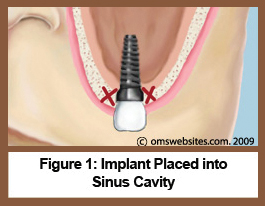
What is Involved in getting a Sinus Lift?
There are many techniques that may be used to raise your sinus to allow for new bone growth (see Figure 2). A common technique is exposing the bone by incision. A small circle is then cut into your bone. This piece of bone piece is placed in the sinus cavity, and underneath the space is filled with a bone graft material (see Figure 3). Your surgeon will explain what types of material can be used for the bone graft which will regenerate lost tissue and bone.
Lack of Bone Between Top of Ridge and Sinus Lower Sinus Cavity is Filled with Bone Material
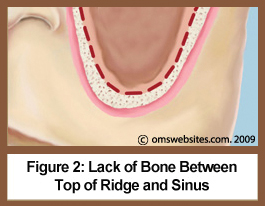
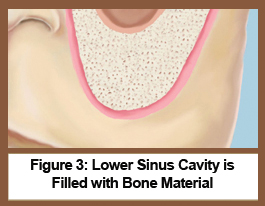
The incision is then closed and natural healing is allowed to begin. Usually the bone will need to develop from four to 12 months, depending on your individual needs, before an implant can be placed (see Figure 4).
What are the Benefits of a Sinus Lift?
Sinus lifts have shown to dramatically increase your chance of implant success that will last for years. Most patients experience little discomfort during the sinus lift procedure.
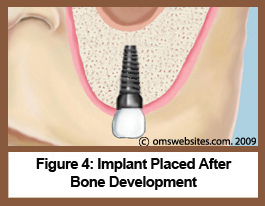
Will I be Asleep During the Procedure?
You have several anesthetic options when undergoing a sinus lift.
- • Local Anesthesia
- • General Anesthesia (asleep)
- • Intravenous Sedation
- • Nitrous Oxide Sedation (laughing gas)
We will discuss with you the various anesthetic options during your consultation.
Socket Grafting (Ridge Preservation)
A socket is the area of the bone where the tooth is rooted. When advance periodontal disease or injury has caused extreme deterioration to bones and teeth, the tooth socket may need to be reconstructed.
What is Socket Grafting?
When a tooth has suffered extensive damage or has been lost, it may require socket grafting. Socket grafting is a procedure which rebuilds the bone to allow for tooth replacement by a dental implant or bridge restoration. The bone which surrounds the tooth socket deteriorates very quickly once a tooth is removed.
If a socket continues to be empty after tooth loss, the accelerated bone loss can impact adjacent teeth. Thus, it is incredibly important for appearance and health to rebuild the socket at the time of tooth loss.
What is Involved in Socket Grafting?
If the tooth has not already been removed (see Figure 1), the remaining tooth will be extracted (see Figure 2). All remaining root particles will be removed to leave a clean empty socket. Bone grafting material will then be placed into the socket, which will build it into a firm foundation for reconstruction (see Figure 3). There are several types of bone grafting materials available and we will choose the appropriate type to suit your needs.
There is an extended healing time for the grafted material to fully combine with your natural bone (see Figure 4). The healing process must be complete before continuing with the restoration. Once the new bone is solidified, implants or bridgework can be implemented to restore full function. Socket grafting greatly improves the chances that the missing tooth site will allow the patient to have a dental implant.
